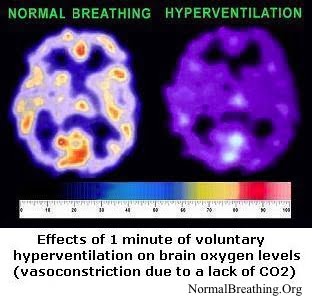- Updated on September 15, 2020
![]() By Dr. Artour Rakhimov, Alternative Health Educator and Author
By Dr. Artour Rakhimov, Alternative Health Educator and Author

Lifestyle Factors in Sport and for Life Performance
 These lifestyle factors in sport and fitness are individual and changing each decade. For most people, these factors also change throughout one’s life.
These lifestyle factors in sport and fitness are individual and changing each decade. For most people, these factors also change throughout one’s life.
For most athletes, the most destructive single easy-to-correct lifestyle factors is supine sleep (or sleeping on one’s back).
You can check that supine sleep drastically worsens sports performance and causes exacerbation of numerous health problems using a simple DIY body-oxygen test.
For results of 26 medical studies which found that supine sleep is the worst position to sleep, click here: Best sleep positions.
The next most damaging lifestyle factors in sport is mouth breathing (during sleep, daytime and even physical exercise, if a person has low body-oxygen levels, is unfit or suffers from chronic diseases).
Here are some common factors of lifestyle in sports performance and physical health.
Healthy lifestyle factors in a sport– Physical exercise with nasal breathing only. It is hard to execute, especially for the unfit person, but it mimics high altitude (not as good as the Training Mask though). For a detailed analysis of the end drastically increases body-oxygen content) – Going to bed for sleep, only when really sleepy, and getting out of the bed after waking up in the morning; sleeping on hard beds For a detailed analysis of the effects of these factors, visit Causes of heavy breathing and low oxygen levels in body cells. For a practical system of breathing retraining, visit the Learning Section. |
Lifestyle factors in sport– Sleeping on one’s back – Mouth breathing (including sleep and physical exercise, unless you are super fit) |
Obviously, many other lifestyle factors can also influence sports performance and general health. Most of them are analyzed on pages of this site.

